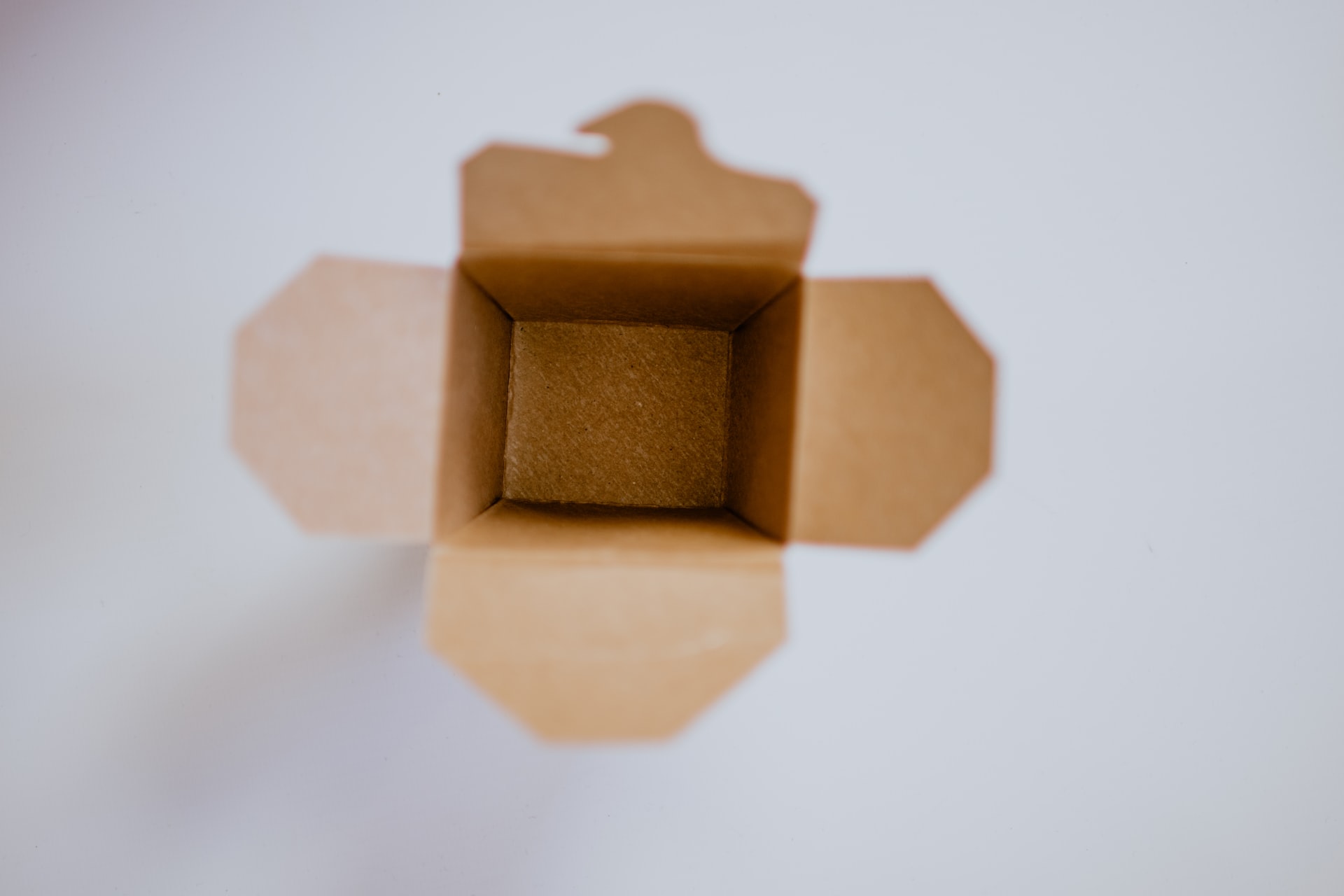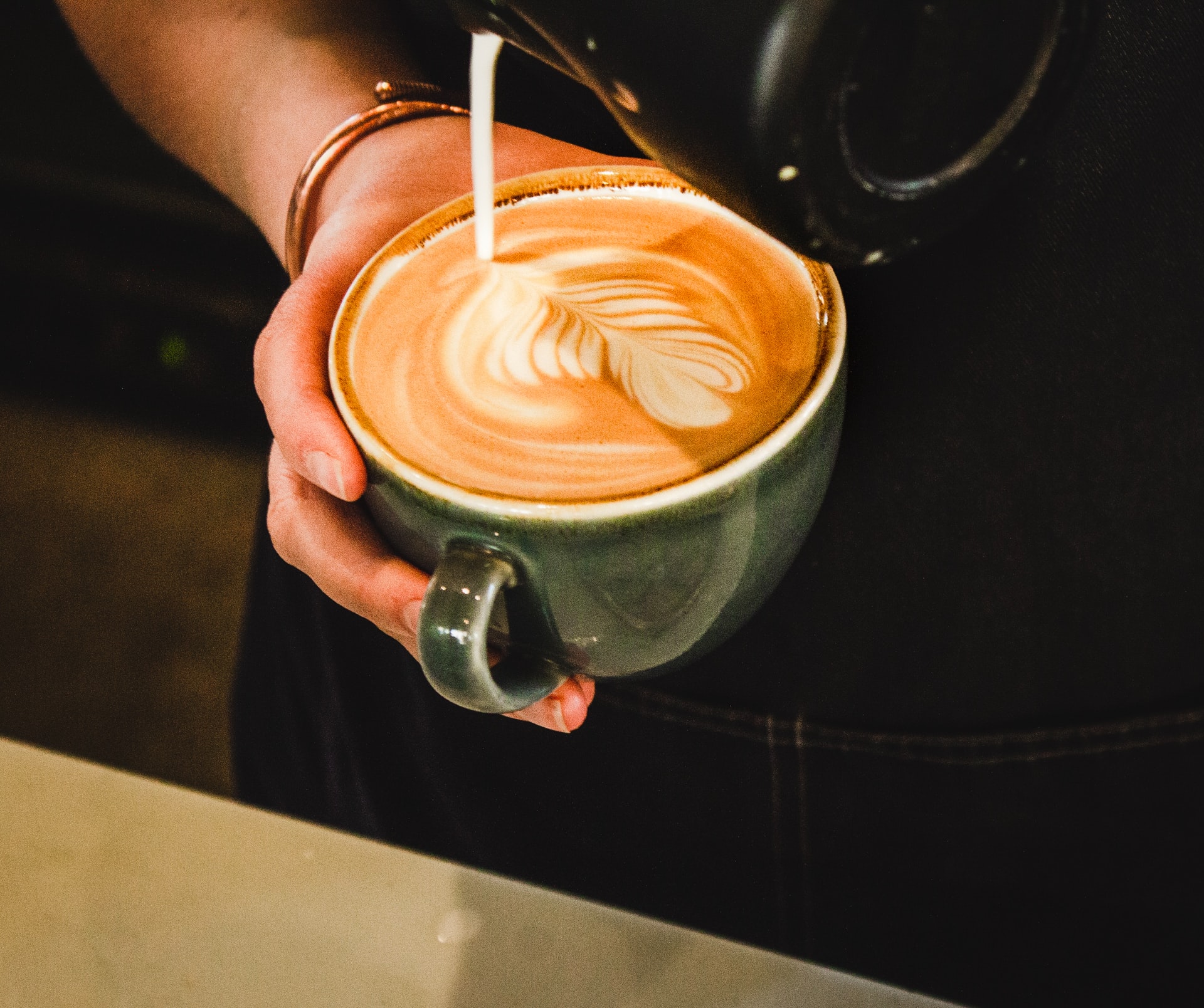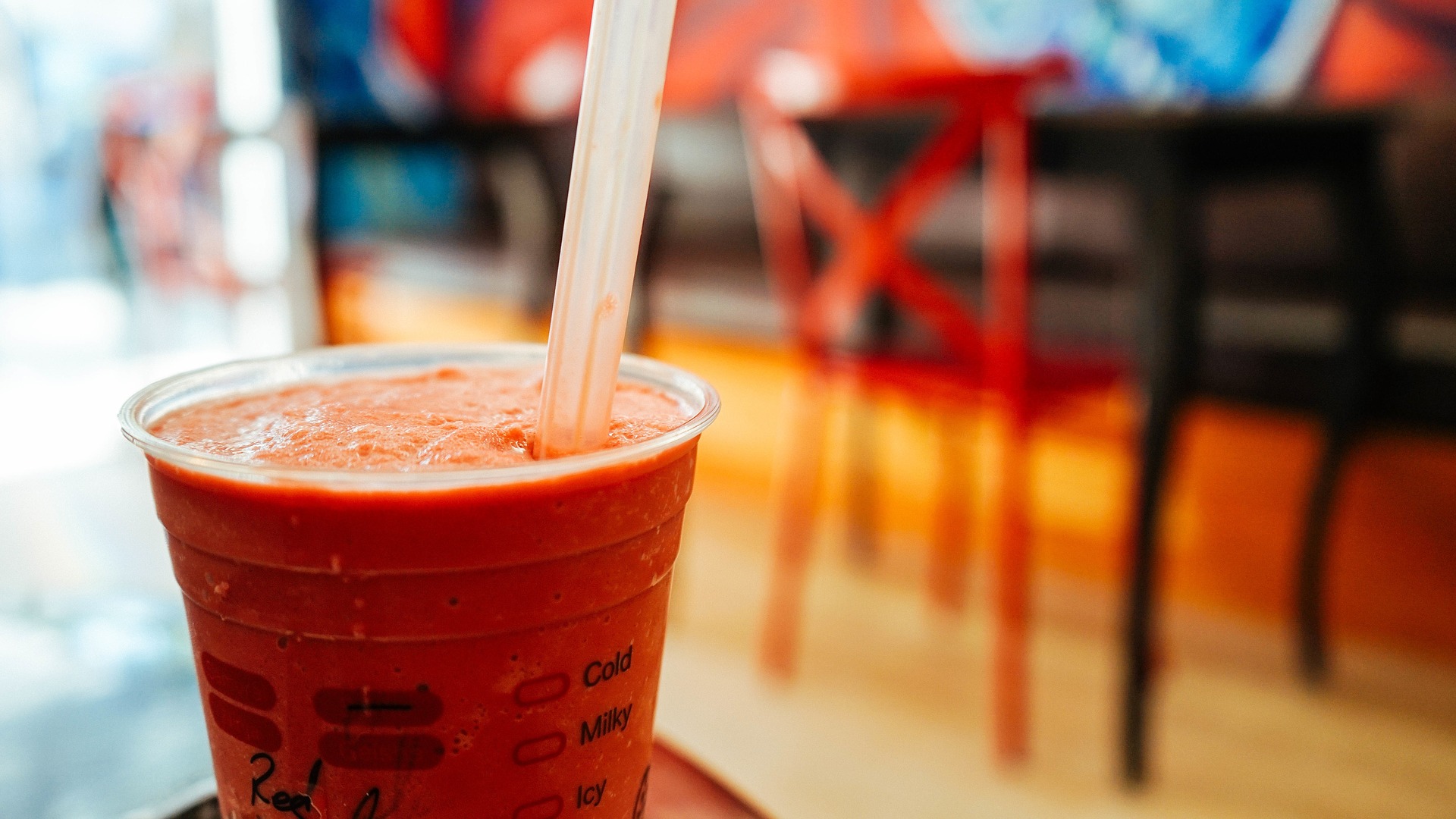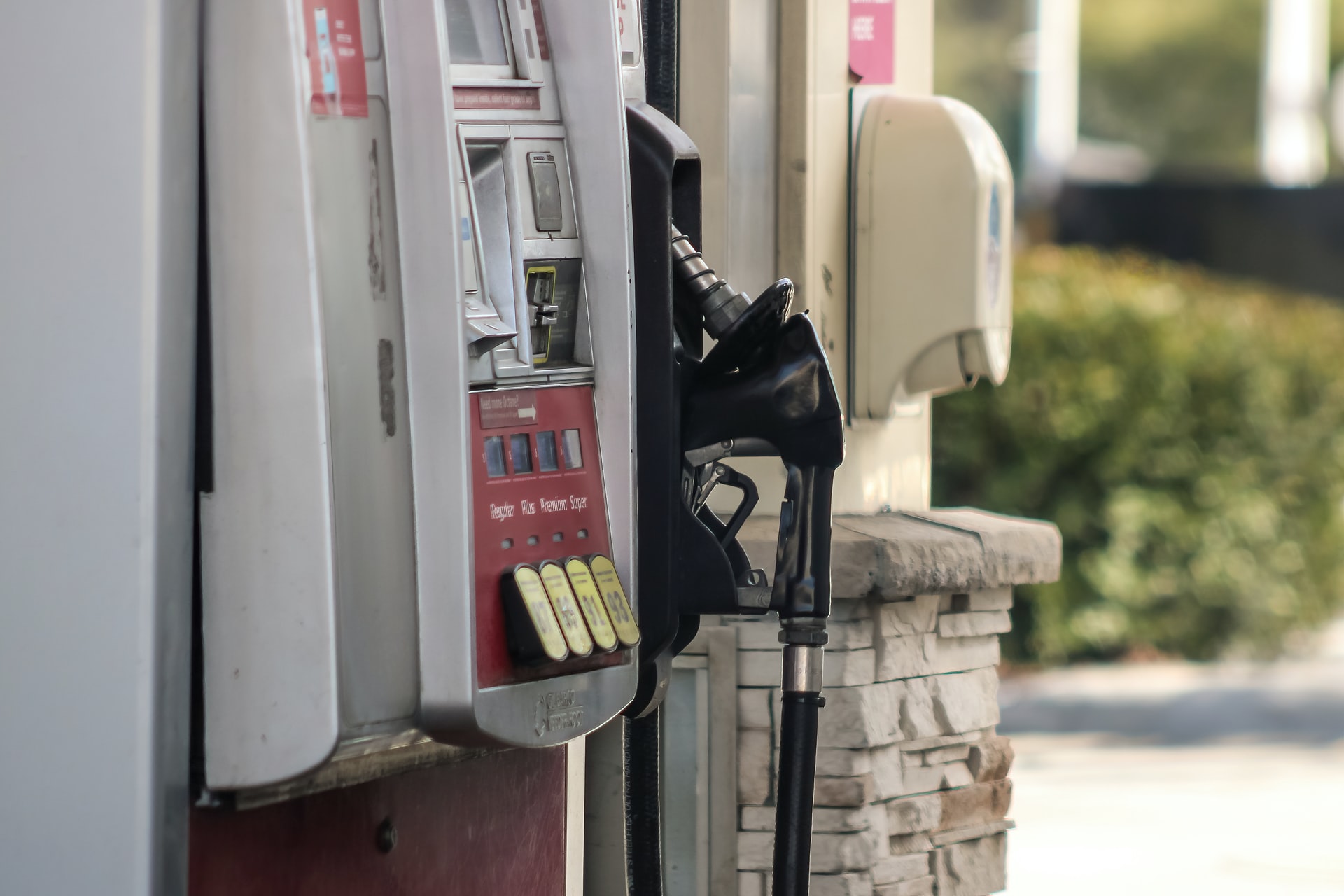The Best Packaging Material for Takeaways

Tags - Best Packaging Material for Takeaways
Packaging is an important aspect of takeaway food, because the right packaging can protect your food from damage, prevent spills, and keep your food warm or cold.
Today, there are many different types of packaging material available, so it can be hard to decide on the safest and most cost-effective option for your business.
With single-use plastic packaging being the major source, home-delivered meals have a significant environmental cost.
Consequently, this can put your company in a difficult position, especially if you've been using plastic packaging all along.
So, in the food industry, what are the best types of packaging for environmentally conscious customers?
Packaging Material for Takeaways
Once upon a time, wrapping fish and chips in old newspapers was the norm, but this practice was outlawed during the 90s amid health and safety concerns.
However, there are still packaging materials used today that are a cause for concern too.
For instance, even though plastic packaging is experiencing a steep decline (for obvious environmental reasons), people are unknowingly ingesting hazardous microplastics all the time.
The main reason for this falls down to cheap manufacturing and low quality packaging materials - like plastic takeaway tubs - we are so accustomed to seeing our food being delivered in.
Unfortunately, many people believe it's perfectly fine to reheat last night's takeaway in the packaging it came in, but studies reveal that the chemicals found in low-quality plastic containers can transfer into the food that you're eating.
What's more, these chemicals can have a serious affect on your liver and kidney functions, respiratory systems and lead to obesity.
So it's safe to say, plastic is not ideal!
Alternative Materials for Takeaway Packaging
As issues surrounding the use of plastic packaging become more and more apparent, takeaways must find safer packaging alternatives that won't affect their customer's health or the environment.
Naturally, this has led to a rise in eco-friendly materials that don't contain any harmful chemicals and can degrade completely.
Whilst there is no one-size-fits-all option, here are 3 materials that are versatile, cost effective and environmentally friendly:
- Paper and Cardboard: made from recycled materials, this packaging itself is 100% recyclable. Plus, it's both strong and lightweight, making it easy to transport, and can be used to package hot or cold food - making it ideal for all types of takeaway meals.
- Bagasse: this is a sturdy, biodegradable material made from sugarcane pulp, and being a by-product of sugarcane harvesting, it's readily accessible. And because it has no impact on the taste of the meals served or the environment, it's a fantastic alternative for hot foods.
- Bioplastics: these are popular alternatives to oil-based plastics mainly because they share the same characteristics, but boast eco-friendly qualities. Cups and containers made from bioplastics are highly resistant to liquids, making it an ideal choice for smoothies, milkshakes, fresh juices and other cold drinks
Wrapping Up
With environmentally safe and healthier packaging options available for all types of food vendors, it's not surprising that businesses are now on the lookout to make the switch to eco-friendly takeaway packaging.
Simply said, businesses just getting started delivering food to existing takeaway outlets are seeing the ecological and financial advantages of switching to environmentally friendly packaging.
Overall, biodegradable and ecologically responsible packaging protects people's health and well-being, provides customers with aesthetic choices over plastic, and helps save the environment. What's not to love?
Please get in touch to find out more.
In the meantime, take a look at our takeaway bags and boxes here.
You may also like:




